The painting Utopia by Asgar/Gabriel is inspired by the conceptualised void in the lexical field of the Persian language in which the word “Utopia” does not exist. While the term has been translated into other languages, it appears curiously absent from the Persian dictionary. Studying the notion of Utopia and its linguistic usage, the artists wished to integrate it into the Persian language as an inscription in Farsi writing which appears in this picture of imposing dimensions (260 x 450cm). With reference to the famous socio-political essay (1) by Thomas More (1478-1535), the work is inspired by the genesis of a mysterious island named Utopia. A place not found anywhere, yet a place of happiness according to its double Greek root (2). The island appears as a fictional land, the idealised model of which has become the subject of a fantastical narrative.
Between a Dionysiac scene and a post-apocalyptic scenario, Utopia presents the expression of a generation who lack the shelter of ideology in search of a new heroism. Whilst the dreams of communal life of the ‘sixties and ‘seventies are now archive material, the piece revisits the vestiges of a hippy culture taken up by a hedonistic youth. From the mythological theme to the Bacchanal, the picture presents a scene of young naked ephebes who feature as an ornamental motif like a frame set outlining the canvas. Whilst an allusion to the mysteries of Bacchus can also be found, the piece stages chosen characters in a dramatised performance, constructed out of snapshots and personal photographs. From the glorification of holidays beside water to new world exploration to survivors on a desert island, Utopia can be understood as the utterance of a fictional narrative. Oil on a large format canvas, the painting produced in brushwork and by finger work travels the course of history of art, from Baroque to Romanticism and touching on Pop Art. Behind the mythological representation of a Rubens or a Tiepolo, you can perceive the tragedy evoked by Gericault’s famous painting (3), while the use of brilliant colours offers a sweetened vision of a generation in search of a common ideal.
Vérane Pina
Translated by Théodora Taylor
[1] Utopia (Libellus vere aureus nec minus salutaris quam festivo de optimo statu rei publicae deque nova insula Utopia) appeared in 1516
[2] « Utopia » is neologism invented by Thomas More from the double greek root u-topos meaning literally the « no-place », the « not-placed », even the« unplaceable » and eu-topos meaning « place of happiness »
[3] The Raft of the Medusa (1819)

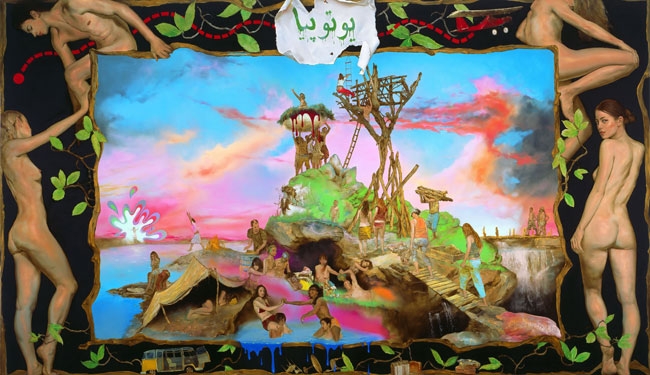
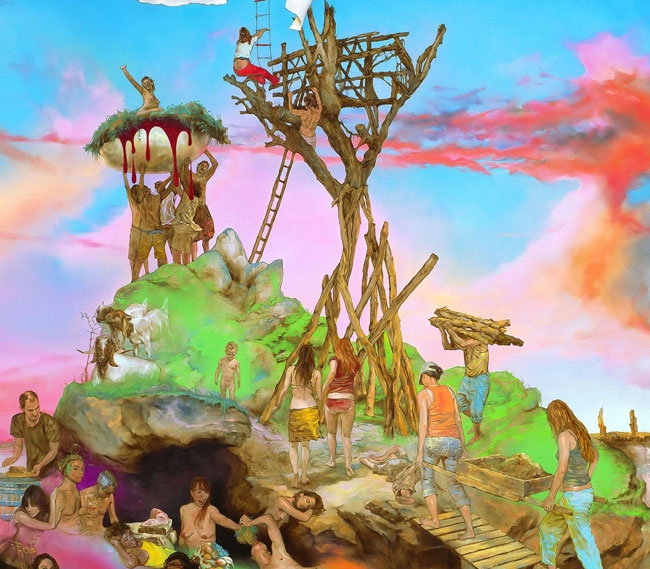
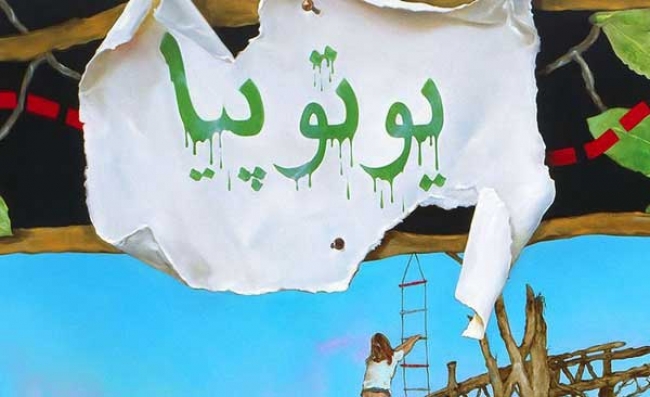
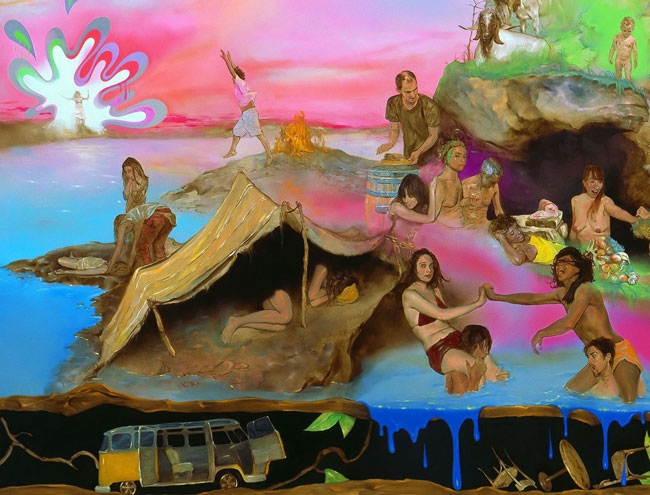
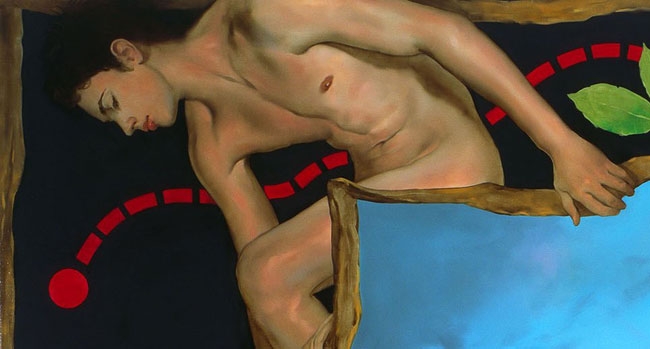
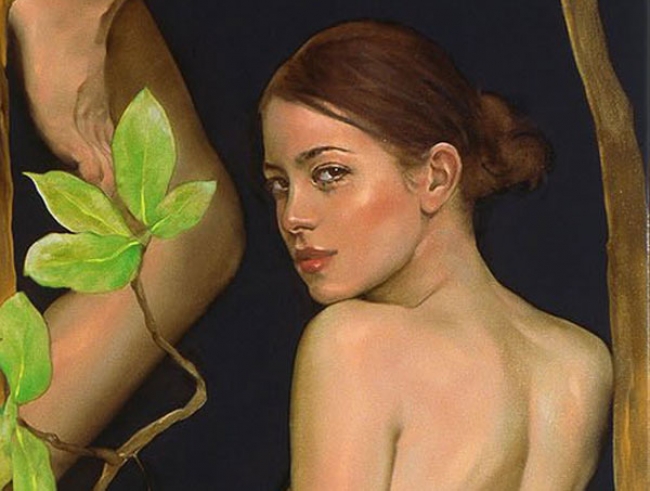
Follow us on: